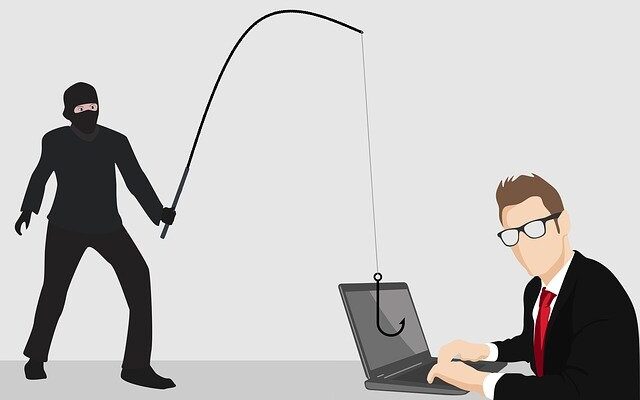Phishing simulator data from Kaspersky Security Awareness Platform shows that workers tend not to notice pitfalls hidden in emails devoted to corporate issues and delivery problem notifications. Almost one in five (16% to 18%) clicked the link in the email templates imitating these phishing attacks.
According to estimates, 91% of all cyberattacks begin with a phishing email, and phishing techniques are involved in 32% of all successful data breaches.
To provide further insight into this threat, Kaspersky analyzed data gathered from a phishing simulator, provided voluntarily by users[1]. Integrated into Kaspersky Security Awareness Platform, this tool helps companies check if their staff can distinguish a phishing email from a real one without putting corporate data at risk. An administrator chooses from the set of templates, mimicking common phishing scenarios, or creates a custom template, then sends it to the group of employees without pre-warning them and tracks the results. A large number of users clicking the link is a clear indication that additional cybersecurity awareness training is required.
According to recent phishing simulation campaigns, the five most effective types of phishing email are:
- Subject: Failed delivery attempt – Unfortunately, our courier was unable to deliver your item. Sender: Mail delivery service. Click conversion: 18.5%
- Subject: Emails not delivered due to overloaded mail servers. Sender: The Google support team. Click conversion: 18%
- Subject: Online employee survey: What would you improve about working at the company. Sender: HR Department. Click conversion: 18%
- Subject: Reminder: New company-wide dress code. Sender: Human Resources. Click conversion: 17.5%
- Subject: Attention all employees: new building evacuation plan. Sender: Safety Department. Click conversion: 16%
Among the other phishing emails that gained a significant number of clicks are; reservation confirmations from a booking service (11%), a notification about an order placement (11%), and an IKEA contest announcement (10%).
On the other hand, emails that threaten the recipient, or offer instant benefits, appeared to be less “successful”. A template with the subject “I hacked your computer and know your search history” gained 2% of clicks, while offers for free Netflix and $1,000 by clicking a link tricked just 1% of employees.
“Phishing simulation is one of the simplest ways to track employees’ cyber-resilience and evaluate the efficiency of their cybersecurity training. However, there are significant aspects that must be considered when conducting this assessment to make it really impactful,” comments Elena Molchanova, Head of Security Awareness Business Development at Kaspersky. “Since the methods used by cybercriminals are constantly changing, the simulation has to reflect up-to-date social engineering trends, alongside common cybercrime scenarios. It is crucial that simulated attacks are carried out regularly and supplemented with appropriate training – so users will develop a strong vigilance skill that will allow them avoid falling for targeted attacks or so-called spear phishing.”
To prevent data breaches, and any related financial and reputational losses caused by phishing attacks, Kaspersky recommends the following for businesses:
- Remind your employees about the basic signs of phishing emails. A dramatic subject line, mistakes and typos, inconsistent sender addresses and suspicious links;
- If there is any doubt about the received email, check the format of attachments before opening them and the link accuracy before clicking. This can be achieved by hovering over these elements – make sure the address looks authentic and the attached files are not in an executable format;
- Always report phishing attacks. If you spot a phishing attack, report it to your IT security department and, if possible, avoid opening the malicious email. This will allow your cybersecurity team to reconfigure anti-spam policies and prevent an incident;
- Supply your employees with basic cybersecurity knowledge. Education should be aimed at changing the behavior of learners and teaching them how to deal with threats. As a major cybersecurity vendor, Kaspersky possesses a relevant base of information on real attacks and continuously supplements itsSecurity Awareness Trainings in accordance with the current threat landscape;
- Since phishing attempts can be confusing, and there’s no guarantee of avoiding all accident clicks, protect your working devices with reliable security. Choose a solution that provides anti-spam capabilities, tracks suspicious behavior, and creates a backup copy of your files in case of ransomware attacks.






